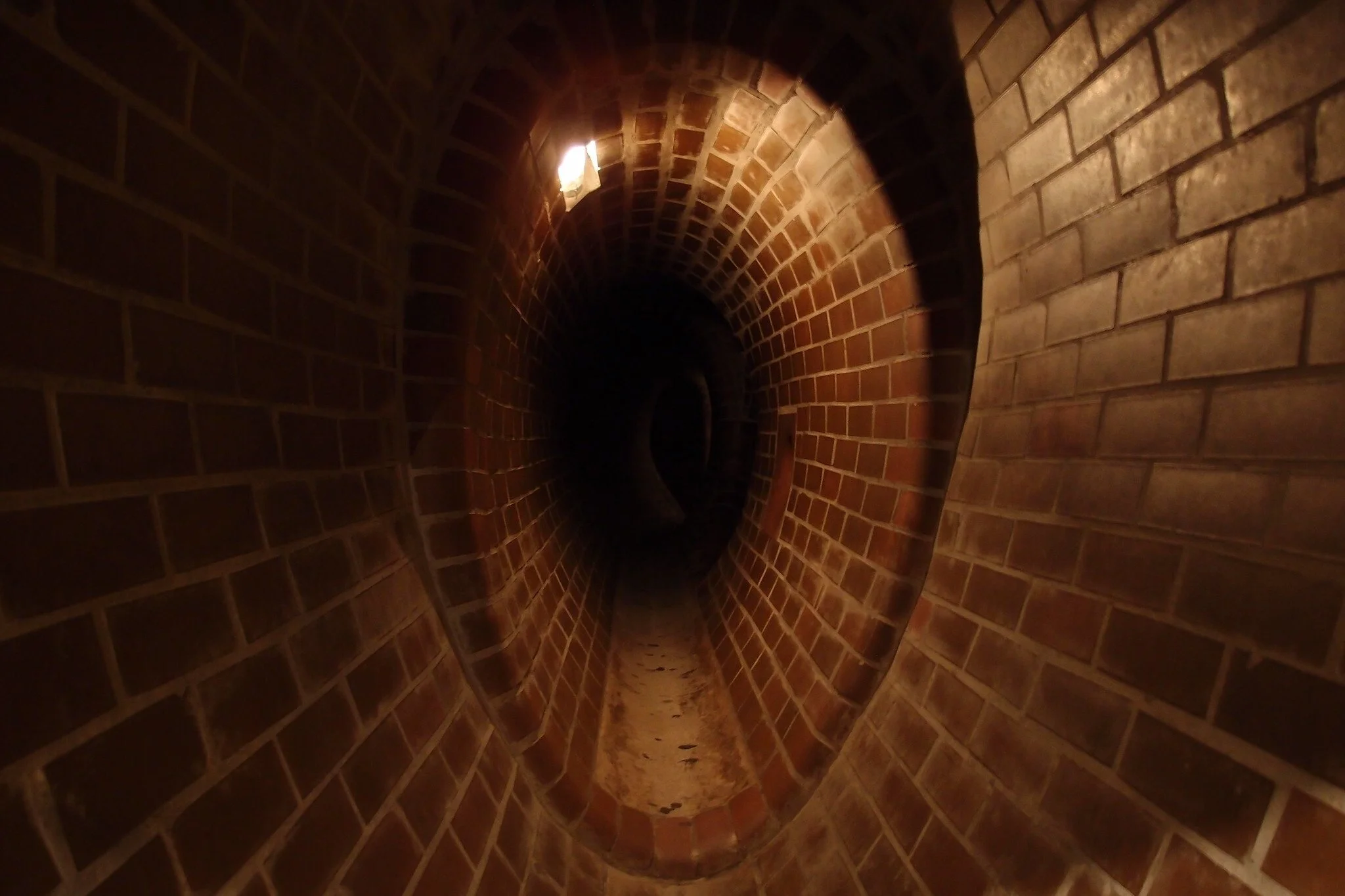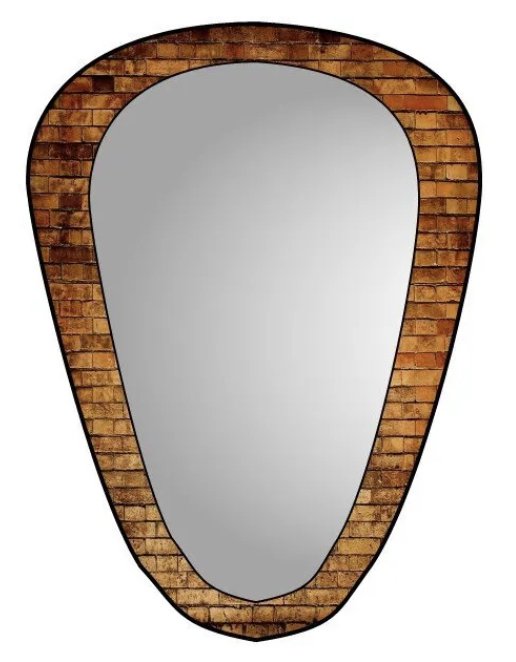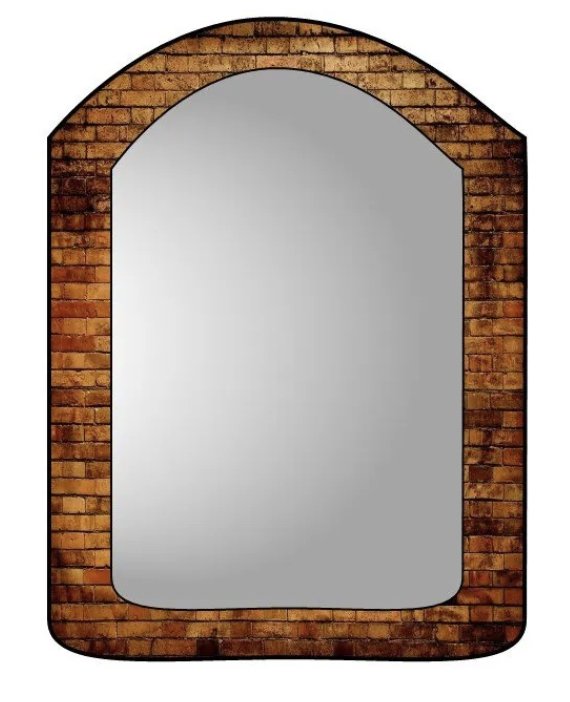Why aren’t all sewers round?
When people think of a sewer pipe, they will picture a cylindrical pipe with a round cross-section that has a constant diameter. Cylinders have many properties that lend themselves to being perfectly suited to transport fluid, in this case, wastewater.
Why are round pipes the most common design?
The overwhelming majority of sewer pipes are round, and this is for good reason.
Strength – round pipes have no corners or weak joins.
Construction – manufacturing a round pipe is generally an easier process than other shapes. Die extrusion, spin-casting, and filament winding are all common processes used to manufacture pipes. A circular shape can be easily controlled when looking to achieve a consistent thickness and strength during production.
Economical – a cylindrical shape is able to provide the maximum volume for the material required and result in the most economical shape to fabricate.
When are other shapes used?
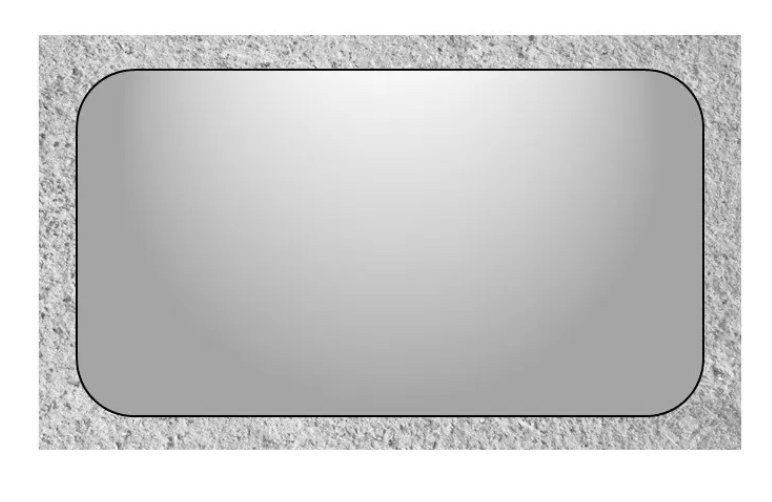
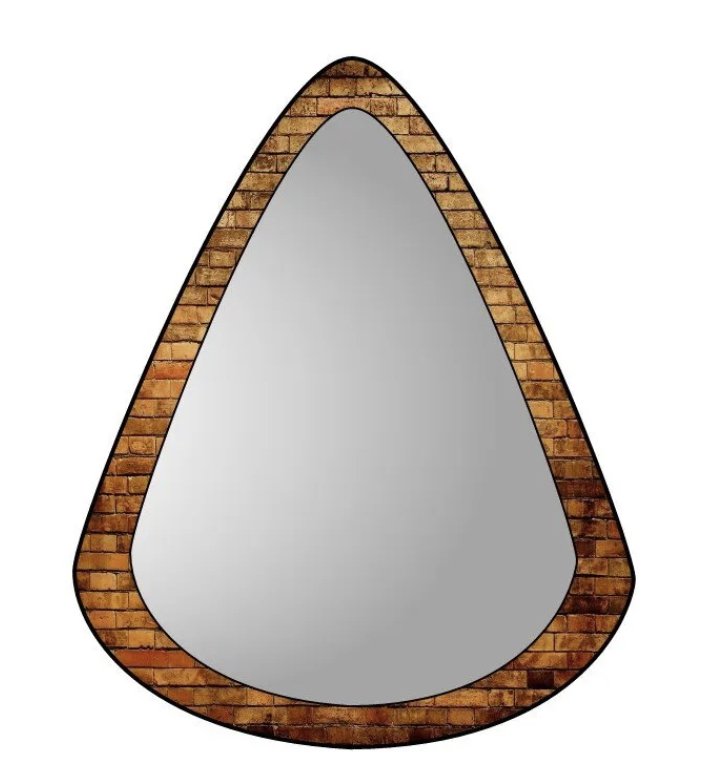
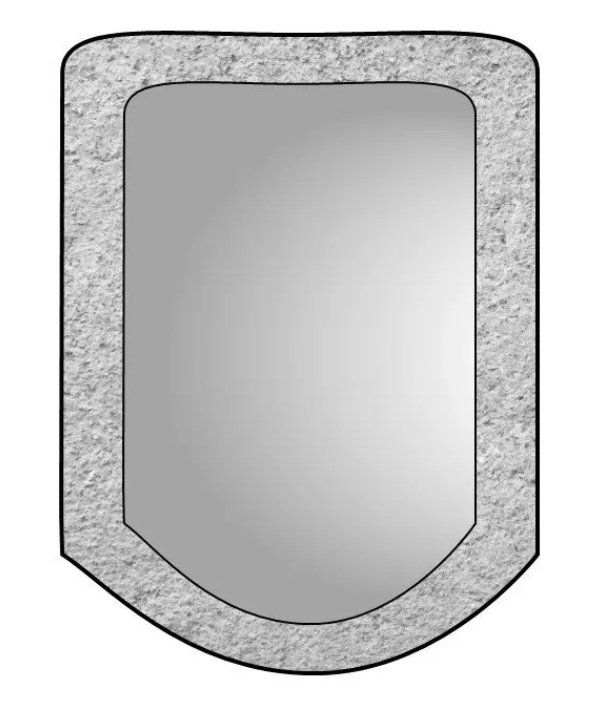

There are a range of non-circular shapes used in the construction of sewers, these include?
Oval (or egg-shaped) – one of the most common non-circular pipe is the ovoid sewer. These are popular in some combined sewer networks. With a narrower width at the bottom, this pipe shape is particularly useful to combine self-cleansing velocity during low flows (i.e., reduced blockages/settled deposits) and the capacity to transport larger volumes with a widening width in the upper half of the pipe.
Horseshoe – with a wider profile this design may suit a situation where a sewer line needs to be installed at a shallow depth or where the ground conditions do not allow for the installation of a more regular shape. The flatter invert also allows for easier conditions to manually enter and walk through a pipe.
Rectangular – rectangular, or box sewers, are sometimes used in combined systems where space is at a premium along buildings or other infrastructure. This shape is very common for stormwater culverts.
Parabolic – wider at the bottom than the top, parabolic sewers may be preferred where there is limited vertical clearance such as a bridge crossing.
U-Shaped – Looking like an inverted horseshoe, with a larger cross-sectional area than a circular sewer the U-shaped design allows for a greater total flow capacity and can help prevent backups and overflows during periods of heavy rainfall. During lower flows a higher velocity is achieved to aid self-cleansing.
Basket Handle – like the ovoid design, this shape increases the velocity under low flow conditions to prevent settling of deposits. This shape was used in many parts of the original Parisian sewer; the horizontal flat sections provided a space for walkways or cleaning equipment.
Post content is courtesy of VAPAR. Vapar specializes in helping councils, utilities and contractors save time & allocate sewer and stormwater pipe maintenance expenditure with maximum efficiency.

